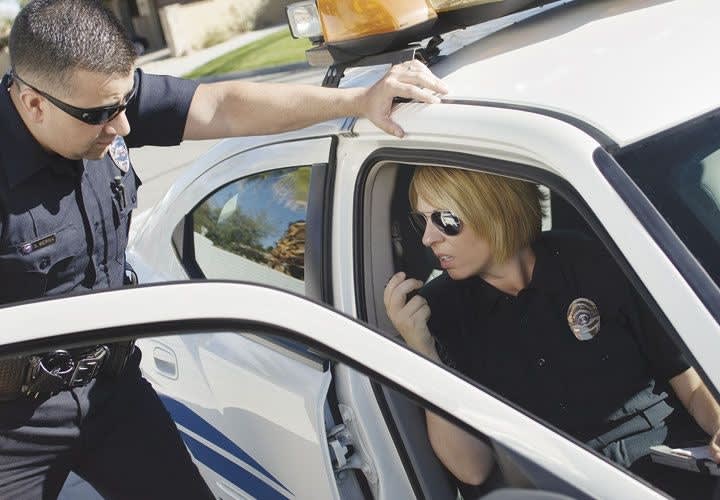While the articulated justifications for such stringent policies are concerns for officers' welfare, a look at the histories of officers killed in foot pursuits would seemingly belie the assertion. If anything, officers tend to come out on top when going one on one with suspects. Certainly, the timing of such epiphanies invites second glances.
When the Los Angeles County Sheriff's Department announced further curtailments to deputies' foot pursuit options, it did so after a year that saw a precipitous rise in deputy-involved shootings, many of which were incident to foot pursuits. As the shootings were apparently deemed to be within policy, and the deputies were obviously a leg up on the suspects, one might reasonably ask just whose welfare the department was concerned about: the deputy's, or the suspect's?
It's been more than 20 years since the last LASD deputy was killed incident to a foot pursuit, according to retired LASD deputy and former ALADS (the Association of L.A. Deputy Sheriffs) president Roy Burns. If the department is really that concerned over a deputy getting killed, then one might reasonably ask why it doesn't place greater emphasis on partnering its deputies in more two-man cars.
Whatever the impetus, LASD's foot pursuit policy reflects a direction in which many agencies are gravitating. A cynical take is that it is all risk management-dictated: If officers do not confront suspects, there is a diminished likelihood of officers using force on those suspects; so there will be fewer lawsuits and cries from outraged communities.
Many believe that was the reason Wellford, S.C., Mayor Sallie Peake decided to prohibit that town's officers from engaging in any foot pursuit, despite proclamations that it was intended to prevent officer injuries. But the subsequent brouhaha by both cops and citizens found the policy rescinded and cops back in the game.













